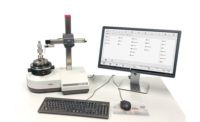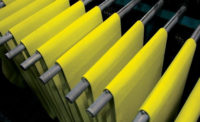Easy ain’t easy. Sounds like something said by cultural catchphrase artist and legendary baseball player Yogi Berra, but it sums up a conversation I had at a recent tradeshow in Atlanta. It would not be surprising to anyone to observe that as we make things that are easier to interact with and operate, from one-click touchscreen interfaces to voice-activation to full automation, the more challenging it becomes for design engineers and manufacturers.
Some would tell you that the nature, even the entire essence, of the progress of technology is to make things easier for the user, and moving toward this goal has always been a challenge to the creation of the products that adopt these innovations.
Take for instance the automatic transmission. The first automatic gearbox existed in 1904. It had just two speeds, but due to the limitations of materials of the day, shifting was abrupt and failed frequently. Later gearboxes, or planetary transmissions, offered smoother shifting but still relied on the driver’s skill.
It was not until the 1930s and 1940s, with the combining of fluid coupling and hydraulic controls that the transmission became, according to Wikipedia, “sensitive to engine throttle position and road speed, producing fully automatic up- and down-shifting that varied according to operating conditions,” that transmissions became the truly automatic versions we have today. It is interesting to note, from a marketing perspective, that early designers of these innovations never intended to make shifting gears easy or idiot-proof.
Similar stories would unfold when telling the history and challenges of not only developing and perfecting products themselves, but also in improving and easing the user experience for a number of the innovations, including the airplane, automobile, computer, and the products devoted to quality and metrology. And future stories are bound to be told as we move into the age of Industry 4.0, robotics, and automation.
So if you would like Yogi to describe your space in the market as “Nobody ever goes there anymore, it’s too crowded,” read “Quality 4.0: A Trend within a Trend” and “Color Measurement 101: The Basics of Managing Color throughout Production” in this month’s Quality.
Enjoy and thanks for reading!
Darryl Seland,
Editorial Director




